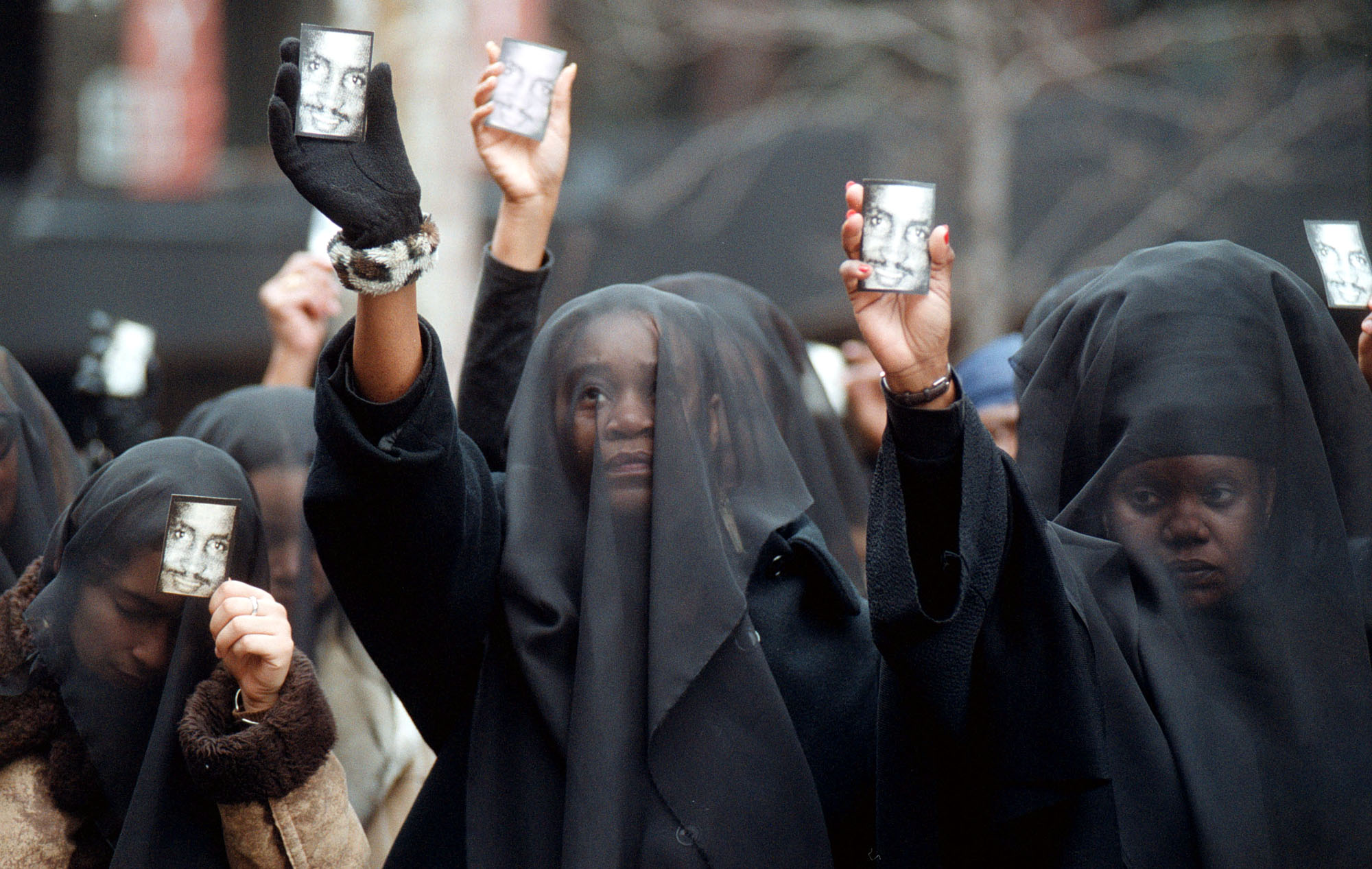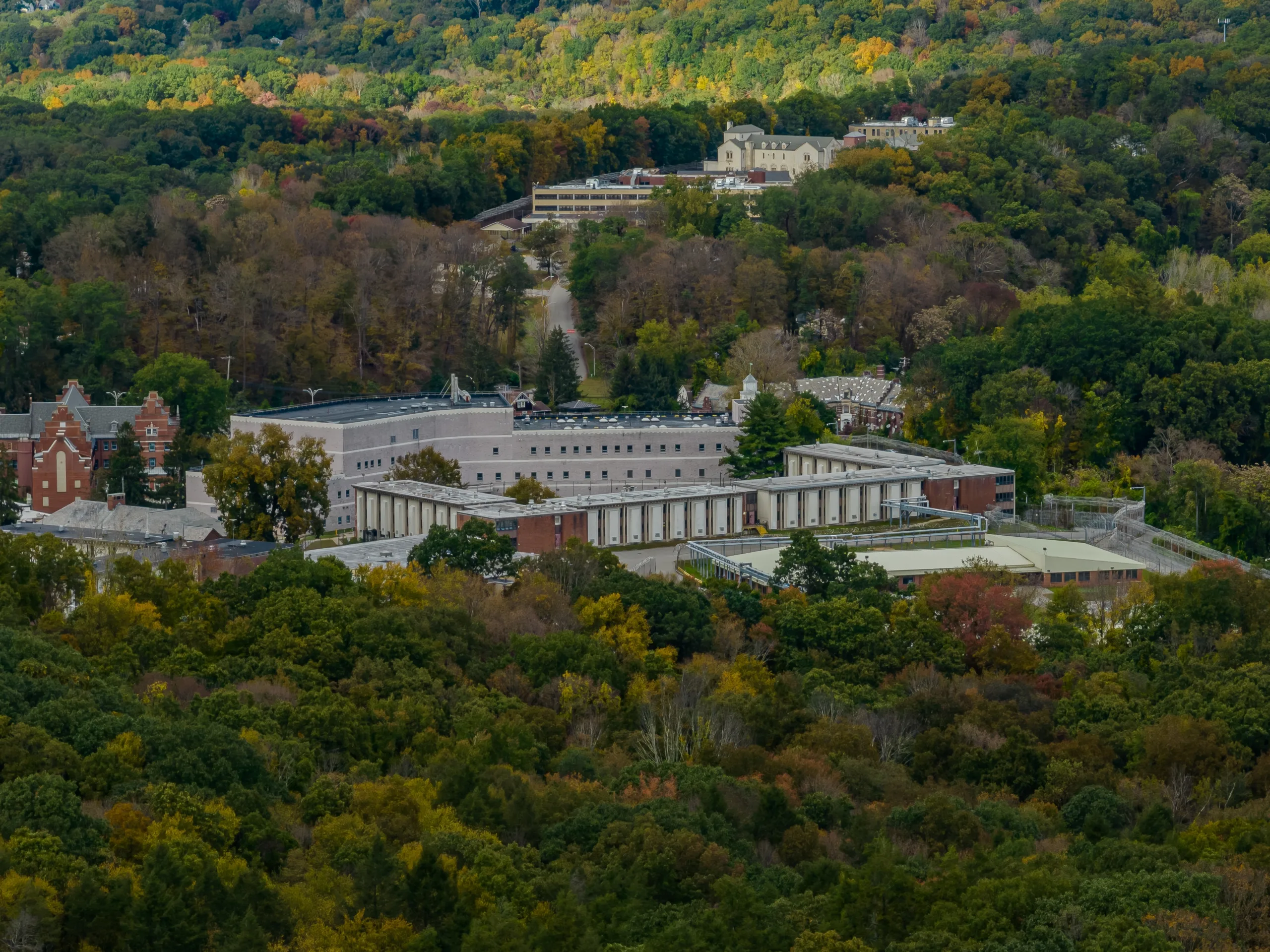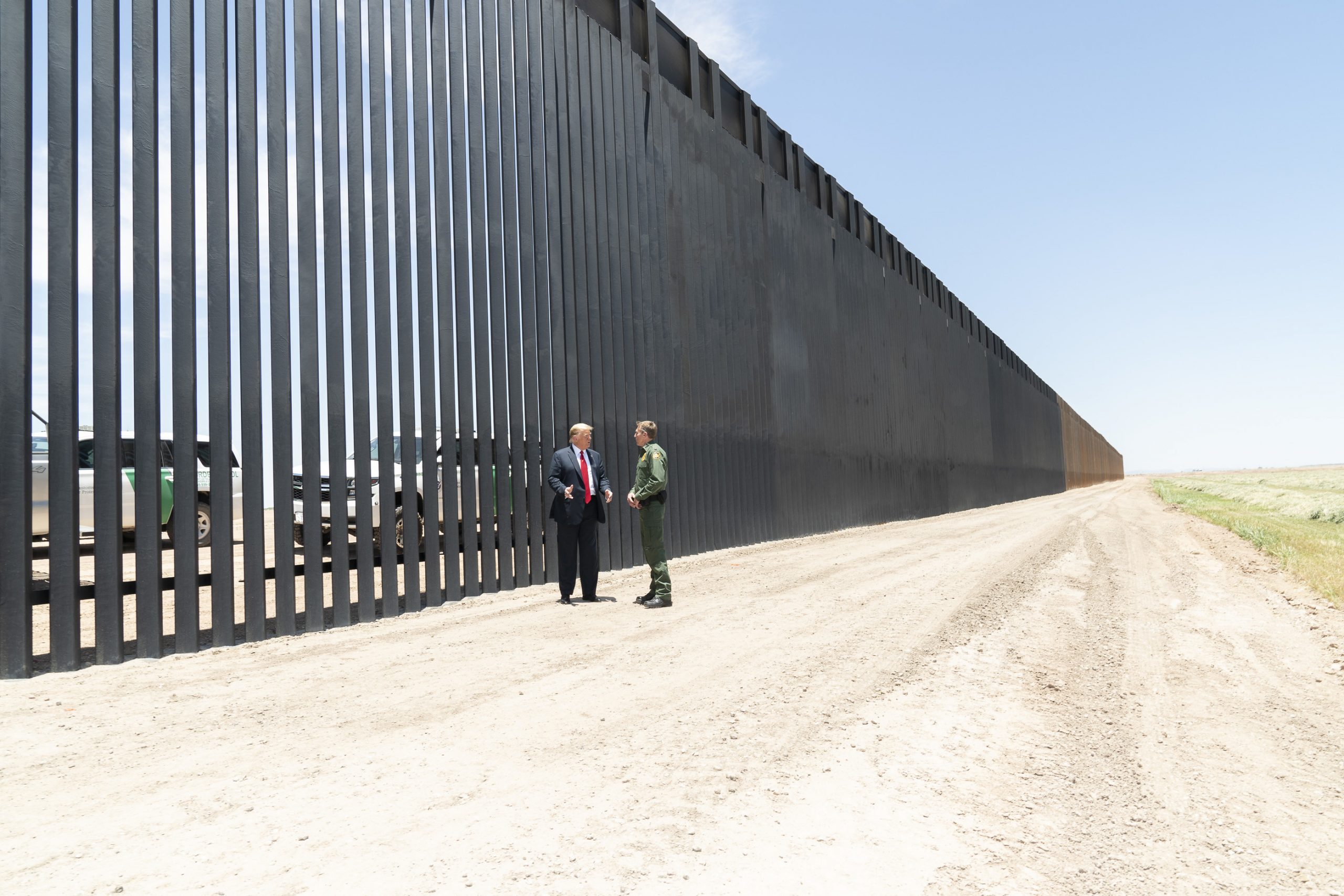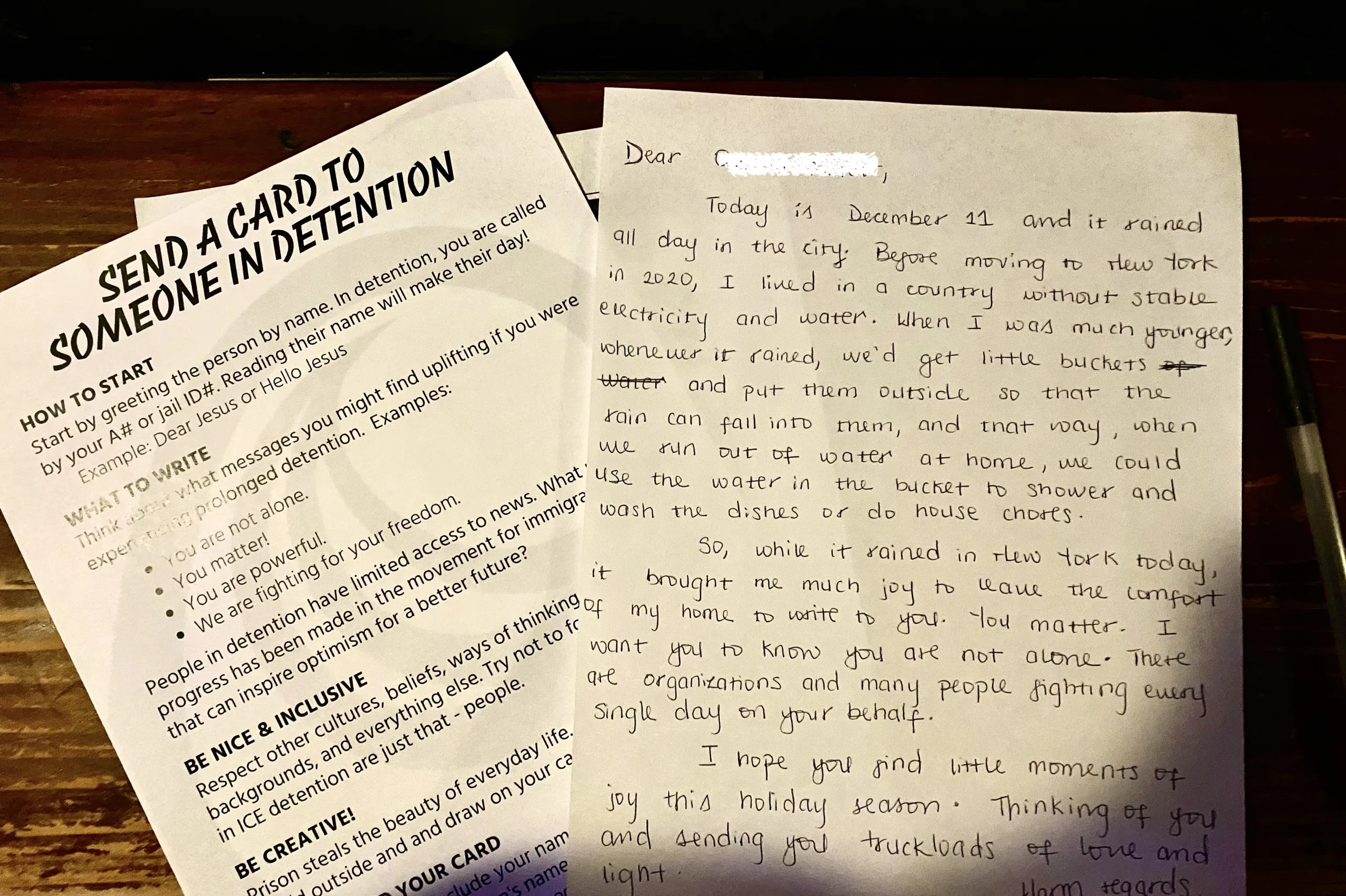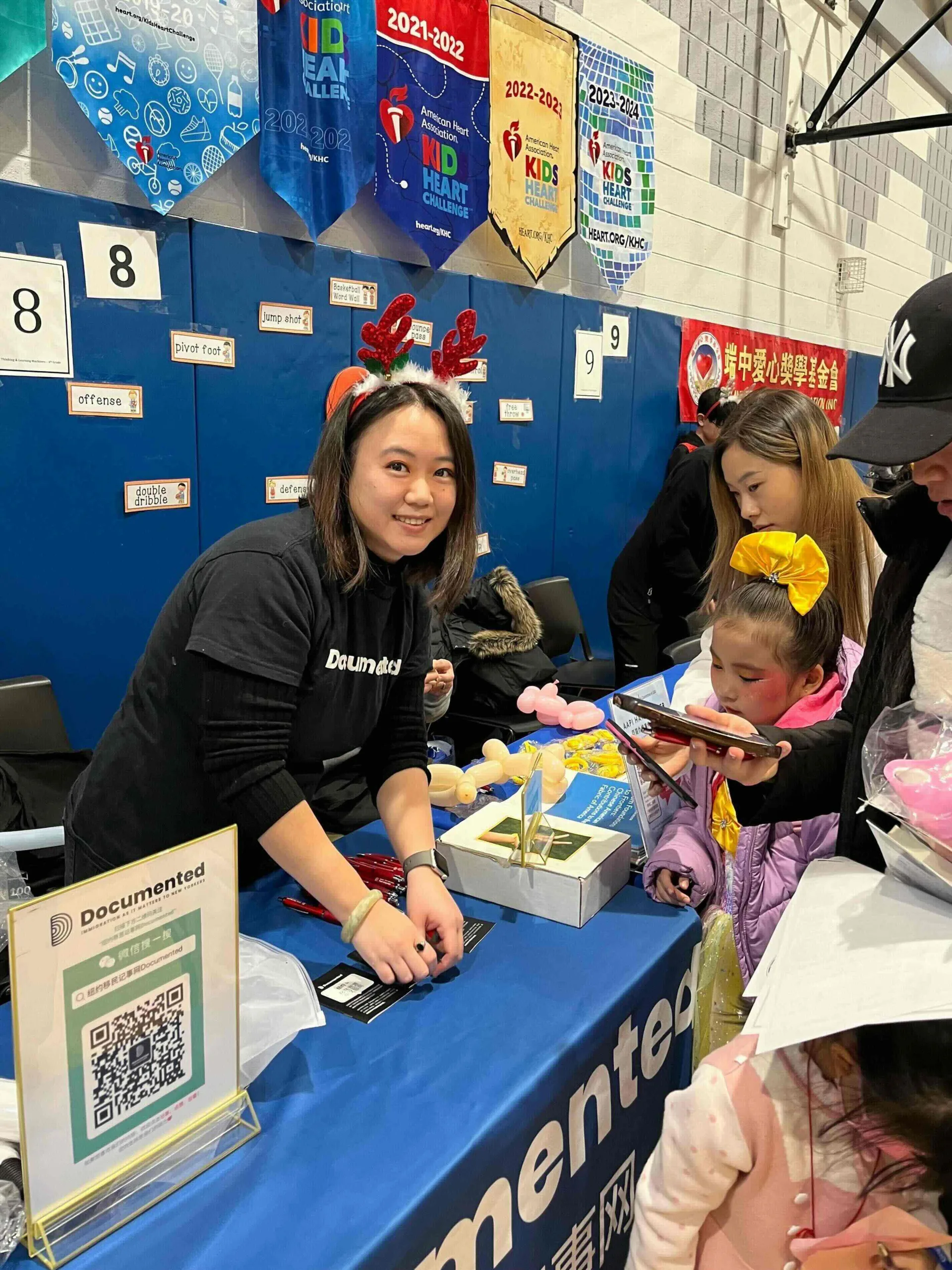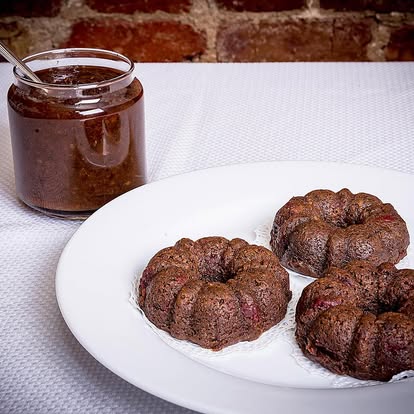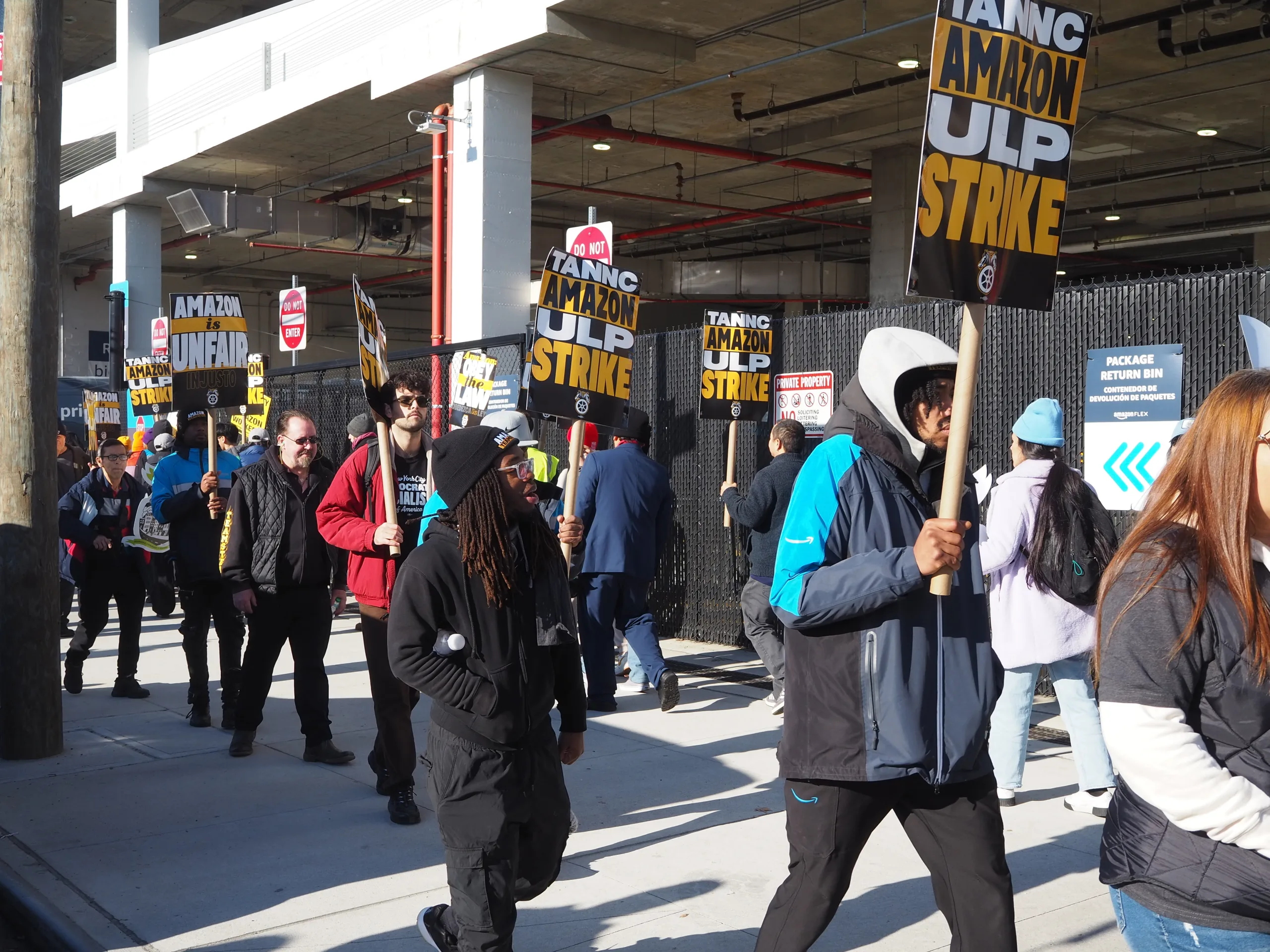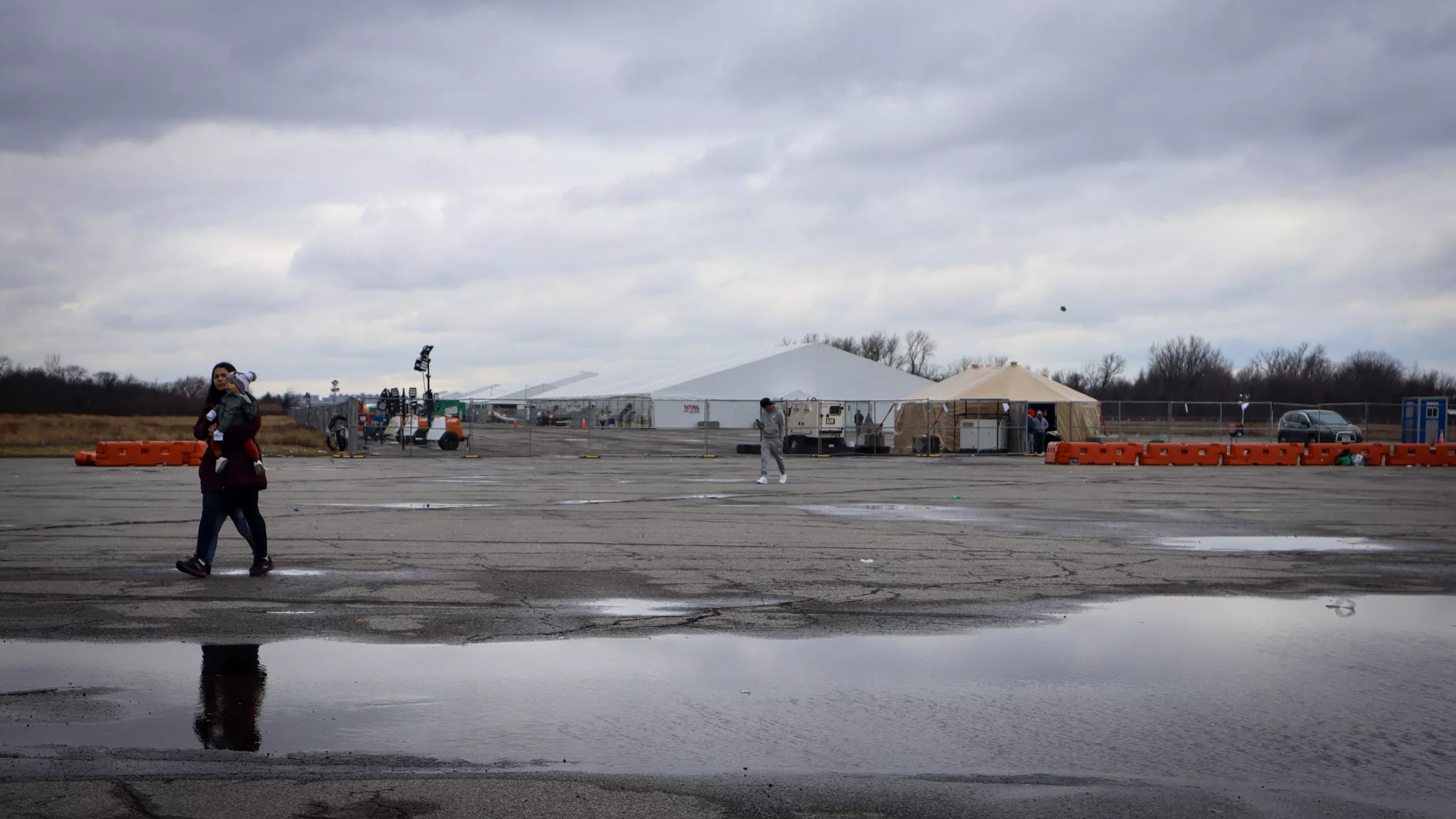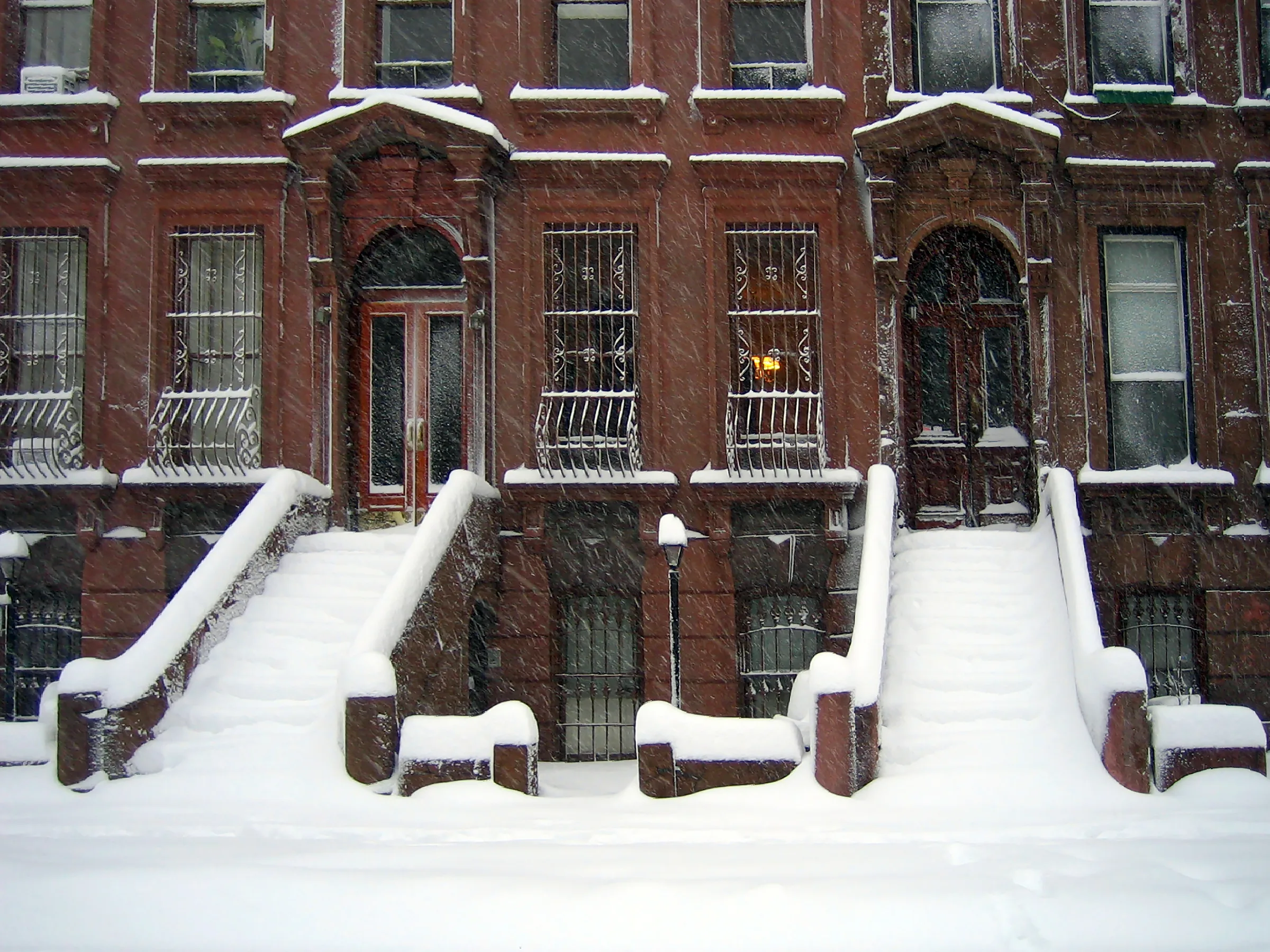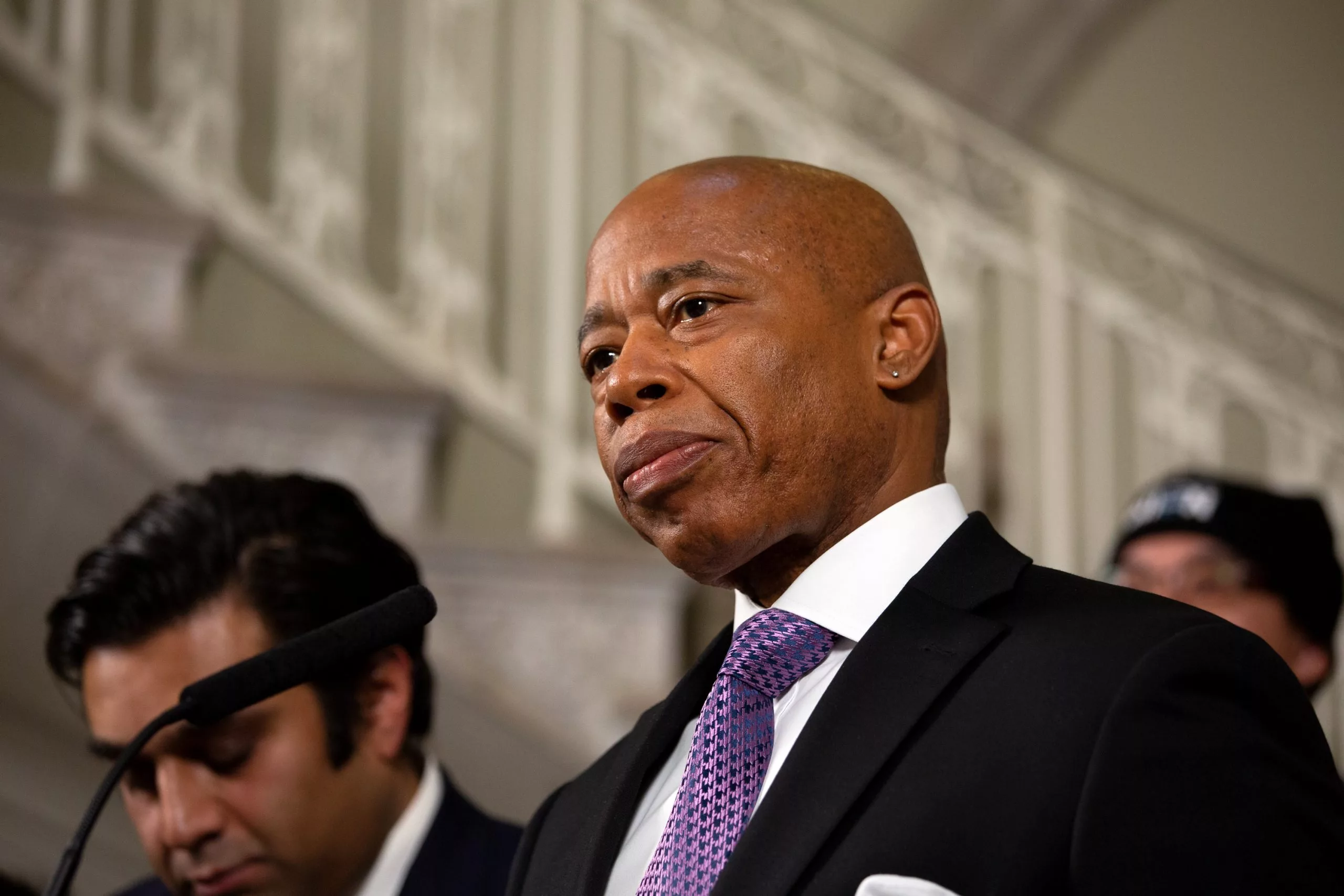When George Floyd’s life was brutally ended under the knee of Minneapolis police officer Derek Chauvin, he repeatedly pleaded for his life, uttering the phrase: “I can’t breathe,” a painful déjà vu that hearkens many New Yorkers’ memories back to the death of Eric Garner via police chokehold in Staten Island just under six years ago.
Eric Garner’s killing brought to the national forefront the brutal truth of what New Yorkers had long contended within our neighborhoods and enclaves — that Black and POC communities in New York City were at the mercy of an unchecked police state, in all of its iterations, from the punitive shadow of immigration enforcement to the coded criminalization of Black neighborhoods in the form of broken windows policing.
The tragedy of Eric Garner however, was far from the first time that an incident of this scale reached national attention;15 years earlier, Guinean immigrant Amadou Diallo was killed at the hands of four plainclothes police officers with 41 bullets, claiming that he met the description of a rape suspect and seemed to have a weapon on him (it was later confirmed that he was reaching for his wallet). Two years prior, Haitian immigrant Abner Louima was assaulted and sexually abused by 4 police officers in the 70th precinct of the NYPD after being picked up outside of an East Flatbush nightclub.
There are numerous other stories of Black immigrants and their families being tyrannized by the mortal force of the Boys in Blue: Burkinabé Ousmane Zongo in Chelsea in 2003, Haitian-American Patrick Dorismond in the Garment District in 2000, and Jamaican-American teen Ramarley Graham in 2012 in the Bronx. In nearly all of these narratives, the families and their communities spoke and organized against police brutality and the oppressive force of the NYPD – a shared pain that exists throughout the Black diaspora no matter when you touched America’s shores.

Presently, the neighborhood of Flatbush is reinvigorated in a new crusade against the police – a rush of organizing that has been inspired by the wave of protests that began in Minneapolis in the wake of George Floyd’s death, as well as the ongoing tensions with the increased police presence in the subways and streets that have already caused several violent conflicts with young teens. There are long-standing disruptions as well, as Emily Batista, organizer for Equality for Flatbush points out, “in Caribbean communities in Brooklyn, the informal economy and means of making money as a result of being systematically pushed out of the formal economy is criminalized by the NYPD,” adding “we know that the NYPD targets dollar van drivers, local street vendors, and the Caribbean owned businesses with harassment and violence. That is why we organize Black and Brown people across Brooklyn.”
Black New York residents have had to accept empty promises of pathways for reform. Organizations like Equality for Flatbush, as a result, have been proactively involved in organizing efforts, expanding their anti-policing actions into dedicated protests against police brutality. “When fighting for police and prison abolition, we are fighting the oppressive systems that criminalize Black Caribbean lives,” Batista says. “The police work with ICE to capture, detain, harass and intimidate people because of their possible immigration status. Fighting against white supremacy means fighting towards the liberation of all Black and Brown people from all forms of incarceration and prosecution.”
Neighborhoods with large African and Caribbean immigrant populations were also disproportionately targeted in stop and frisk. In a 2019 report, The New York Civil Liberties Union listed the precincts in New York City where force was most likely to be used by a police officer during a stop and frisk encounter between 2014 and 2017. At the top of the list were precincts in the neighborhoods of Concourse and Highbridge; Hunts Point; East Tremont and Belmont; Eastchester, Wakefield and Williamsbridge; University Heights and Morris Heights. All have large African and Caribbean populations, according to data from the American Community Survey.
For instance, force was used in 55% of the stops at the 44th Precinct in the Bronx neighborhoods of Concourse and Highbridge. They’re encompassed by Community District 4 where 41.6% of the population is foreign-born. Of that population, 63% were born in the Caribbean and 14.5% were born in Africa.
The five community districts where force was most likely to be used during a stop by the police were all in the Bronx. All had foreign born populations above New York City’s average, and are comprised mainly of African and Caribbean immigrants.
For the communities that organizers and activists such as Equality for Flatbush serve, which often have high densities of immigrants of all statuses, this presents a unique risk. Regardless of documentation status, present immigration policies, their enforcement and administration mean that any interaction with police, even in “sanctuary cities” like New York, can alert Immigration and Customs Enforcement.


ICE has reportedly evaded sanctuary rules by using police fingerprint records to send letters to arrested immigrants — usually for low-level misdemeanor offenses such as fare hopping — and asking them to come into the agency’s Manhattan offices, which presents a concern for the levels of violent arrests that have been ongoing during the protests. In a notable recent night of protests in late May, over 300 people were arrested while documented instances of violence against civilians at the hands of police were made viral throughout social media.
This added risk for the violent clashes that happen between protesters and police in communities like Flatbush in Brooklyn or Mott Haven in the Bronx is not insignificant. Peaceful protests in those neighborhoods were recently met with an NYPD tactic called kettling, which often provokes conflict. Black immigrants make up a disproportionate number of criminal-based deportations. According to the advocacy group Black Alliance for Just Immigration, 76 percent of Black immigrants are deported on criminal grounds, compared to 45 percent of all immigrants. Despite making up only 7.2 percent of the noncitizen population in the US, more than 20 percent of people facing deportation on criminal grounds are Black.
The double-bind of being Black and an immigrant in working-class predominantly Black neighborhoods, such as Concourse village in the Bronx and Canarsie in Brooklyn, places you at an added risk of being churned through both the criminal and immigration court system without much of an escape route. This creates a prison-to-deportation pipeline, the likes of which has become increasingly difficult to evade, as outlined here. Despite this, immigrants continue to fight for the future they believe Blacks in America deserve. Inside detention facilities, they are organizing hunger strikes in solidarity with the Black Lives Matter movement; calling attention to the terrible conditions where they’re being held and highlighting how immigration court systems continue to uphold the exploitation of Black lives while they’re in detention.
As much as ICE labels their holding spaces “civil” detention, there is very little that is materially different between their facilities and a standard prison, except for a denial of a guaranteed right to a lawyer and free reign for indefinite holds. “Abolishing police is basically essential to break the deportation machine. This is why we talk about the prison industrial complex,” New York City-based immigration lawyer Sophia Gurule said.
As the protests continue, the wide diaspora of faces continue their rebellion all in lockstep, bravely challenging a common enemy; the overarching scepter of the police brutality, the prison industrial complex, and all of the forces that justify fund, and absolve it. There is an unyielding pain that has taken hold in the streets of New York, accrued over decades of unacknowledged injustice – and regardless if your Black life was born as a direct descendant American chattel slavery, its close relative in the West Indies or across the Atlantic ocean on the African continent, the sentiment of “enough is enough” has gripped and unified these varied experiences into pushing for dismantling the oppressive boot of police forces within the five boroughs. Hopefully, this solidarity extends throughout the continued fight for Black liberation.
